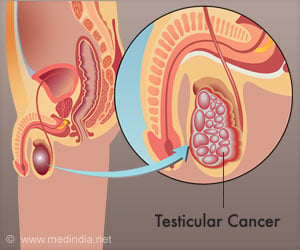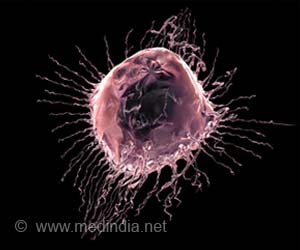Study shows how the growth of milk-producing mammary glands is triggered during puberty.

‘Study shows how the mammary gland - a component of the human breast - develops from stem cells, underpinning a better understanding of how defects in this process lead to breast cancer.’





AT A GLANCE Stem cells - the cells that can give rise to a range of other cells types - are often found in a dormant state in our body, and little is known about how they are awakened into an activated state.
Our researchers discovered 'sleeping' mammary stem cells are awoken at puberty by a gene called FoxP1. This triggers the rapid growth and development of mammary glands.
Without FoxP1, the mammary stem cells are locked in a dormant state and mammary glands could not grow
WAKING UP STEM CELLS
Advertisement
"The mammary stem cells are ready for a signal to start dividing," she said. "We discovered that a gene called FoxP1 is an essential part of this signal in puberty and the adult."
Advertisement
THE IMPORTANCE OF TEAM WORK
The project relied on collaboration between scientists with diverse skills, said Professor Visvader.
"This project brought together expertise in cell biology, developmental biology, bioinformatics and imaging to solve the question of how mammary stem cells are awoken in puberty and adult breast tissue.
"We're still looking for the precise connections linking female hormones and FoxP1, but we are one step closer to understanding the detailed process of breast development. This is also helping us to connect faulty cells that contribute to breast development with the development of breast cancer," she said.
Source-Eurekalert















